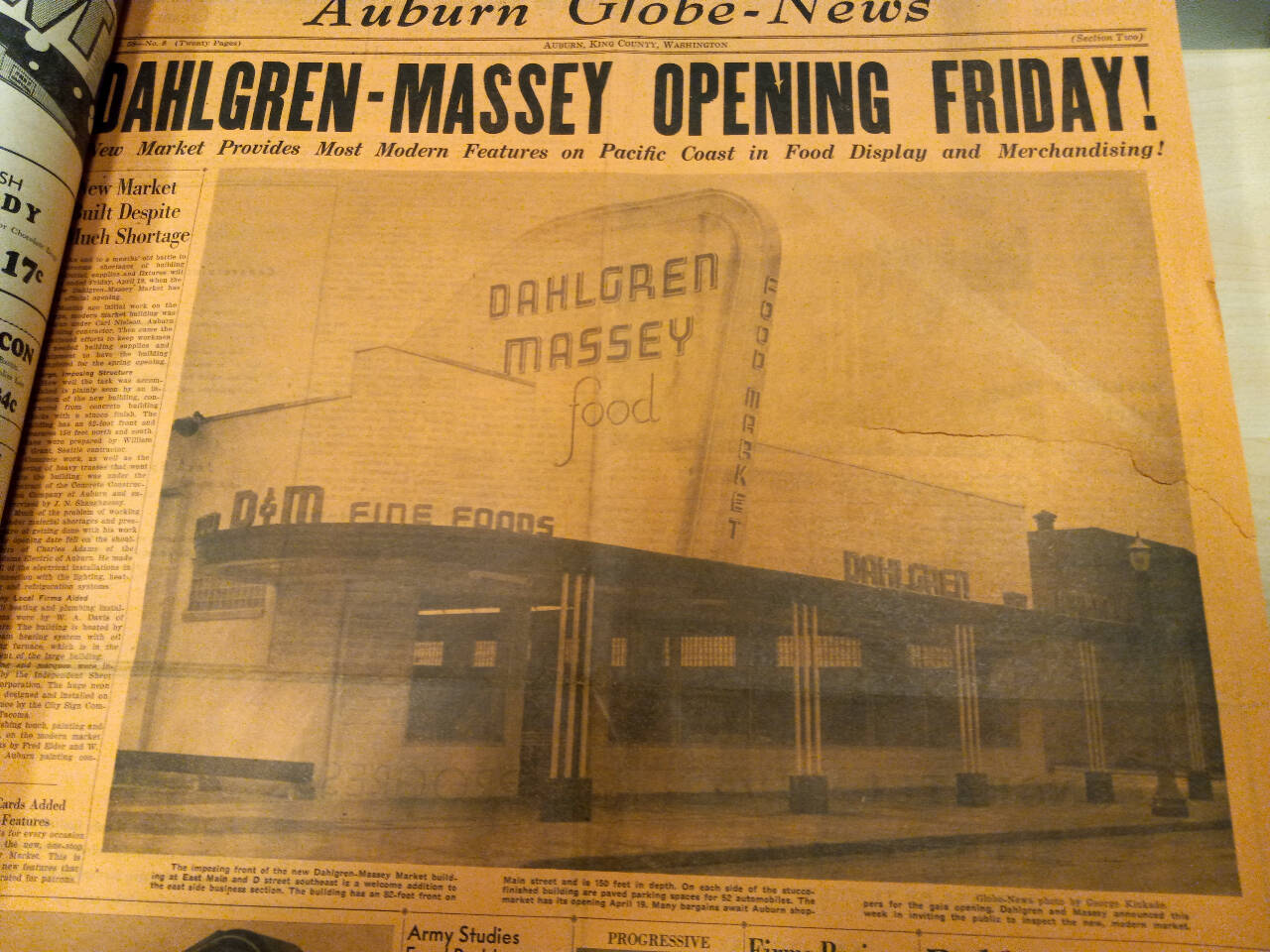Perhaps I’m weird, but I have always enjoyed looking at Auburn’s older buildings and imagining what they were like on opening day.
Back when they generated buzz, when all the furnishings were new and shiny, and Auburn’s much smaller and more-easily-impressed population milled in and around and gawked at all the marvels.
Now, I don’t know if the old Max House Apartments on 1 East Main ever offered anything gawkable, but it remained a common feature of our urban landscape from its first day in 1927 until it burned during the early morning hours of July 24, 2021.
Now the city assures us the Max is about to come down, making way for something modern and — here’s the critical thing — not burned. Community development folks assure us the process has already begun, though nothing will be visible from the street for a few weeks.
Another building with a history worth looking at — and not because it houses the Auburn Police Department and King County District Court — is the Auburn Justice Center at East Main and D Street Southeast. Too cramped to answer all that police demand of it more than a decade after remodeling, the Justice Center has already been the subject of city studies seeking to gauge the cost of building a new police department elsewhere, years from now.
But as Auburn natives of a certain ripeness may remember, the Justice Center began as something completely different on its first day, Friday, April 19, 1946: Dahlgren-Massey Fine Foods.
According to Myron Massey’s obituary in the Auburn Reporter on July 28, 2008, before building what at the time was said to be “the largest free-standing supermarket west of the Mississippi River,” he and his business partner, Roy Dahlgren, had operated a smaller market several blocks westward, where, from 1934 to 1946, “they gained a widespread reputation for their mastery of merchandising.”
And if the 4-page treatment that the grand-opening of Dahlgren and Massey’s new digs received in the old Auburn-Globe News on April 17, 1946, is to be believed, they made the market the place for Auburn residents to be on that day, as attested by the photos that show hundreds swarming inside to gawk.
“Most modern on the Pacific Coast and probably in the entire country,” the paper boasted.
And at the time, it was.
Among the store’s many innovations, the paper counted: “A modern meat department” with “a porcelain-lined reefer” (refrigerator). Under the management of Dahlgren himself, “a light lunch and soda fountain department” that served up Fulmer Ice Cream, a “popular, Auburn-made product,” “a complete bakery, a spacious display room for groceries, a frozen-food department, an up-to-the-minute, vegetable and fruit department, cooking utensils and glassware,” and a tobacco, candy, and “on the-go” drug department.
But that wasn’t all. How about: “A special room to ripen tomatoes to full color,” “an intercommunication system for speedy service of patrons,” large store rooms and modern offices, “ample refrigeration for proper care of perishable foods,” and “an automatic doughnut machine in the bakery?”
A modern “steam heating system” and a Ray Oil Burner, supplied and installed by “W.A Davis 137 East Main, Phone 8-J,” kept the interior of the WH-Davis-designed, art-deco structure cozy.
When Dahlgren left the partnership in 1955, Massey changed the market’s name to Massey’s Food Center, and so it remained until its closure. According to Massey’s obituary, his “loyal customers flocked to the store to participate in marketing activities such as cooking school, donkey, pony, bicycle, and TV give-a-ways, and giving free groceries to customers who came on horseback or in a covered wagon.”
I knew many an Auburn kid who rode the mechanical pony out front. I was in there with my mother on June 22, 1969, reading an Archie comic book off the revolving stand, when I heard the news that Judy Garland had died. Funny the things we remember.
Besides the building itself, which underwent a complete overhaul in the mid-2000s to remold it into the Justice Center decades after its closure, all that is visible today of all the touted marvels is the four-color, “beautiful neon sign on top of the marquee,” designed and installed “by City Sign Company, of Tacoma, John H. Keller proprietor.” Such a stunner the sign was in its day, the paper noted that “at least one resident called to report that she saw Northern lights the first night it was illuminated.”
I think all of that makes the old building worth another look, don’t you?
–



